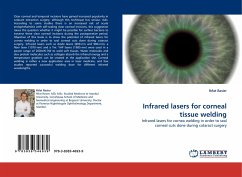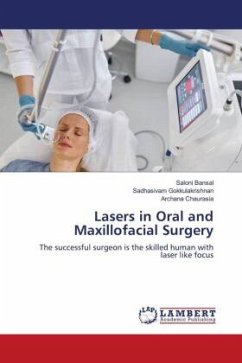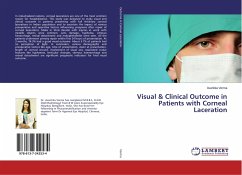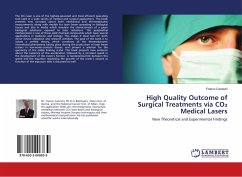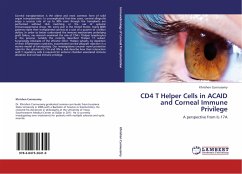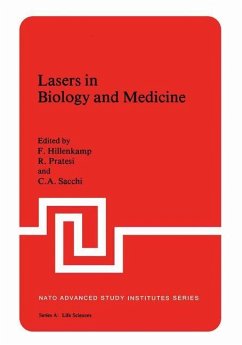Clear corneal and temporal incisions have gained increased popularity in cataract extraction surgery, although this technique has serious risks. According to some studies there is an increased risk of acute endophthalmitis with self-sealing clear corneal incisions, this suggestion raises the question whether it might be possible for surface bacteria to traverse these clear corneal incisions during the postoperative period. Objective of this book is to show the potential of infrared lasers for cornea welding in order to seal corneal cuts done during cataract surgery. Infrared lasers such as diode lasers (809-nm and 980-nm), a fiber laser (1070-nm) and a Tm: YAP lasers (1985-nm) were used in a power range of 200mW-3W to weld soft tissues. Water molecules and also protein molecules such as collagen absorb the infrared energy and a temperature gradient can be created at the application site. Corneal welding is rather a new application area in laser medicine, and few studies reported successful welding dose for different infrared wavelengths.

